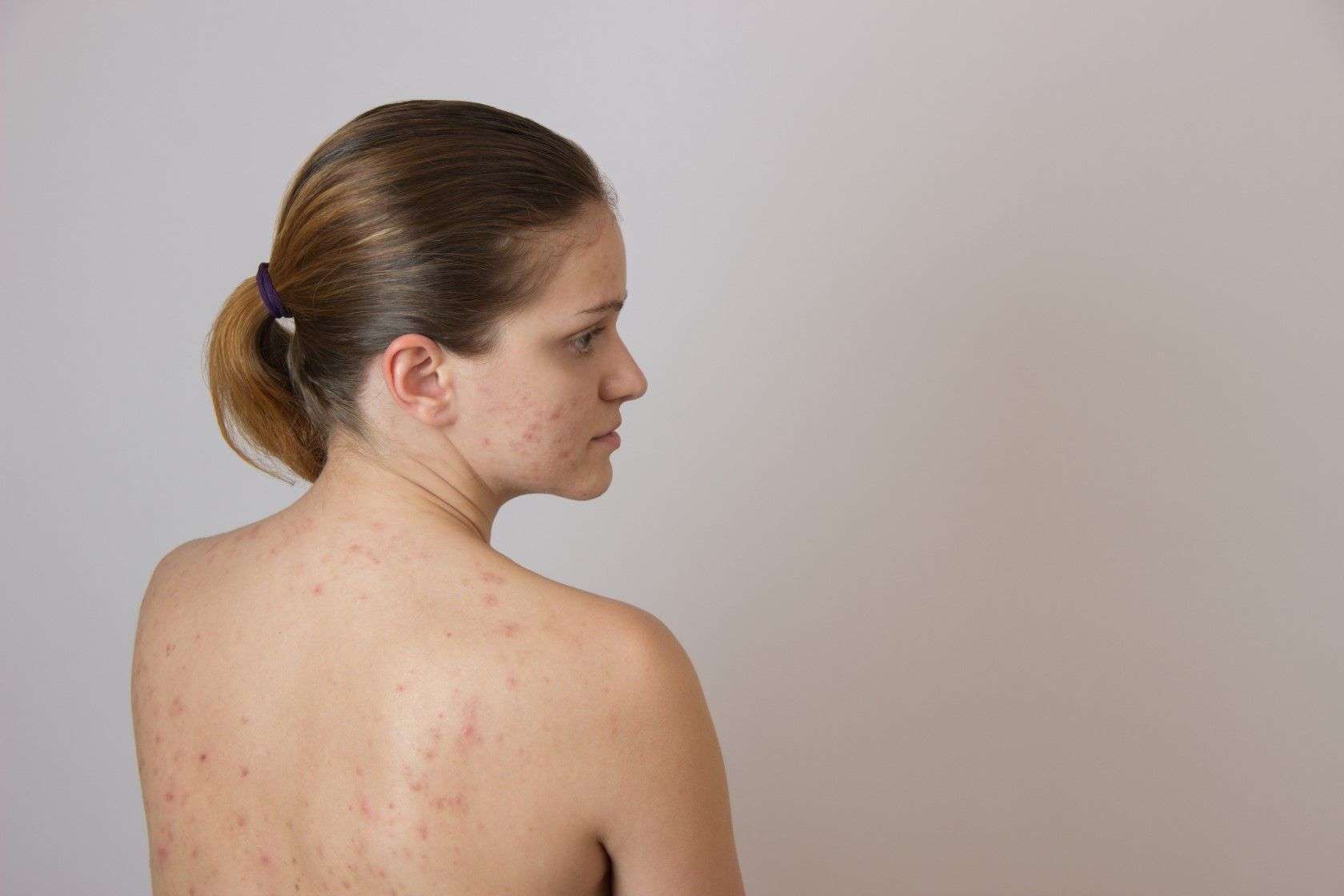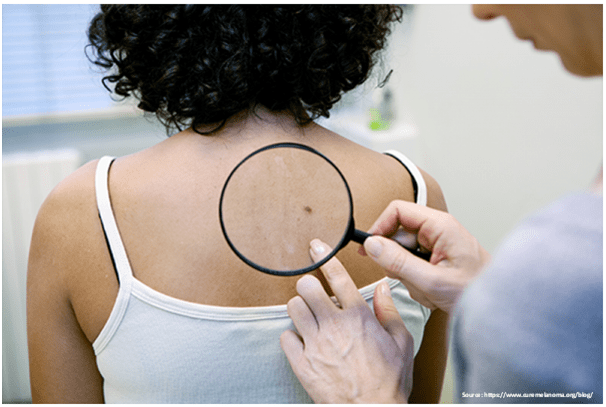
Treatment of PCOS-related acne and acne scar removal
June 7, 2022
Frequently Asked Questions About Laser Hair Removal
July 7, 2022
Melanoma, a severe form of skin cancer, affects many people every year. Changes to your skin, such as a new mole or freckle, are cause for concern because it’s challenging to identify what’s normal and what could be an indication of skin cancer. This blog covers the tips behind how to notice signs of melanoma.
At Skin & Shape Clinic, one of the famous skin clinic in Andheri, our skin specialists offer the most effective and result-oriented melanoma treatment. Our team comprises some of the best dermatologist in Andheri. We believe that early detection can identify a melanoma, making treatment easier and faster and preventing cancer from spreading or metastasizing.
Understanding the signs and symptoms of melanoma and the changes it causes to your skin could mean the difference between a quick in-office treatment and months of cancer treatment.
Continue reading to learn how to recognize melanoma symptoms and what to do about them.
Now, let’s know,
How can you know if you have melanoma?
Melanoma is a kind of skin cancer. It is caused by the abnormal growth of melanocytes, the cells that give your skin its darker colour. Cancer occurs due to this abnormal growth. The cells spread to other parts of the body over time.
Melanoma usually manifests itself first as new, unusually pigmented moles or alterations to existing moles. Keep an eye out for the following signs and symptoms:
- A huge, brownish patch with darker flecks
- A bleeding mole or one that varies in colour, size, or texture
- A flat, scaly lesion, a hard, red lump, a flat, brown, or tan lesion that appears like a scar
- A waxy or pearly bump
Even with the above checklist, spotting abnormalities might be challenging because moles come in a wide range of shapes and sizes. Use the letters ABCDE to distinguish between typical and atypical moles to help you discover problematic moles.
“A” stands for asymmetrical.
Moles have symmetrical growth patterns. It could be a symptom of melanoma if one section of the mole grows differently or does not match the shape of the rest of the mole.
“B” stands for border.
Non-cancerous moles usually have a distinct border. A board-certified dermatologist should evaluate any moles with uneven, notched, or blurred borders.
“C” stands for colour.
Moles come in a range of colours. But each mole should be the same colour. Melanoma could be indicated by a mole with irregular pigmentation or pink, red, white, or blue patches.
“D” stands for diameter.
Keep an eye out for moles that have a large diameter (over one-quarter-inch across). Smaller moles are more likely to be benign, yet cancerous moles can be found in any size. That’s why getting a skin check once a year is essential for your health.
“E” stands for evolving.
The majority of moles are relatively steady. Schedule an evaluation if you notice evident changes in existing moles, such as changing shape, size, texture, or colour.
If you think your mole is suspicious, make an appointment as soon as possible. The sooner the skin specialist in Andheri examines your skin and any unusual moles, the greater the chances of successful treatment.
Is it possible to detect melanoma using a skin cancer screening?
Yes! Annual skin cancer screenings are recommended for people of all skin types and tones. You may not acquire a diagnosis until the later stages of skin cancer if you wait to have a suspicious mole or area tested, making treatment more difficult.
While everyone should undergo a melanoma test every year, some people are more likely to develop cancer. If you fit into any of the following categories, one of the top skin specialist in Andheri may suggest more frequent skin cancer screenings.
Risk factors include having:
- Light hair and light eyes
- Many freckles
- Age spots
- Skin that freckles or burns easily
- Family history of melanoma
- History of using tanning beds
- Large number of moles (over 50)
- Unusual or irregular moles
- History of sunburns, particularly blisters
Even if you don’t have any of the risk factors listed above, you may be at higher risk of melanoma if you work or participate in activities that expose you to more sun than the usual person.
What should I do if I notice a melanoma symptom?
If you notice any of the symptoms of melanoma, contact one of the best skin clinic in Andheri right away to make an appointment with a seasoned dermatologist. Based on your symptoms, the skin experts will determine the appropriate course of treatment.
The majority of the time, the melanoma can be surgically removed. A skin graft or further treatment, such as medication or chemotherapy, may be required for melanoma treatment. The dermatologist will help you decide what’s the best course of action.
Call or book an online consultation with our skin experts at Skin & Shape to know more about recognizing the signs of melanoma or to schedule your skin cancer screening.
